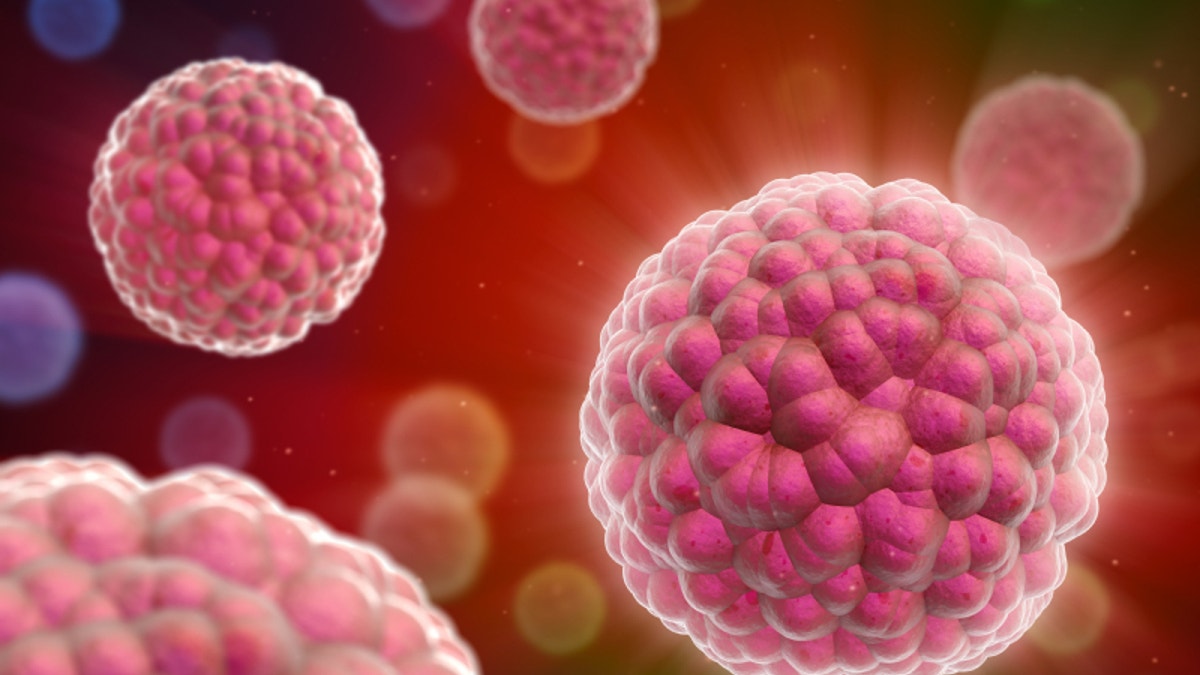
Cancer cells. (iStock)
LONDON – The insecticide lindane, once widely used in agriculture and to treat human lice and scabies, causes cancer and has been specifically linked to non-Hodgkin lymphoma, the World Health Organization said on Tuesday.
The WHO's International Agency for Research on Cancer (IARC) also said that DDT, or dichlorodiphenyltrichloroethane, probably causes cancer, with scientific evidence linking it to non-Hodgkin lymphoma (NHL), testicular cancer and liver cancer.
In a review of various agricultural chemicals, IARC's specialist panel said it had decided to classify lindane as "carcinogenic to humans" in its Group 1 category, DDT as "probably carcinogenic to humans" in its Group 2A class, and the herbicide 2,4-D as "possibly carcinogenic to humans" in its Group 2B.
It said epidemiological studies did not find strong or consistent increases in risk of NHL or other cancers from 2,4-D exposure, but there was strong evidence it induces oxidative stress, a process that can damage cells in the body, and moderate evidence it can suppress the immune system.
Lindane, which since 2009 has been banned or restricted in most countries under the Stockholm Convention on Persistent Organic Pollutants, was previously used extensively for insect control in agriculture. An exemption to the ban allows it to be used as a second-line treatment for lice and scabies.
IARC said high exposures to lindane have previously been reported among agricultural workers and pesticide applicators.
"Large epidemiological studies of agricultural exposures in the United States and Canada showed a 60 percent increased risk of non-Hodgkin lymphoma in those exposed to lindane," it said.
DDT was introduced for the control of insect-borne diseases during World War Two and was later applied widely to eradicate malaria and in agriculture.
Although most uses of it were banned from the 1970s, IARC cautioned that DDT and its breakdown products are "highly persistent and can be found in the environment and in animal and human tissues throughout the world".
"Exposure to DDT still occurs, mainly through diet," it said, adding that DDT is still used, mainly for malaria control in parts of Africa, although under very strict conditions.
Since it was introduced in 1945, 2,4-D has been widely used to control weeds in agriculture, forestry and urban and residential settings.
IARC said occupational exposure to 2,4-D can occur during manufacturing and application, and people in the general population can be exposed through food, water, dust, or residential application, and during spraying.
